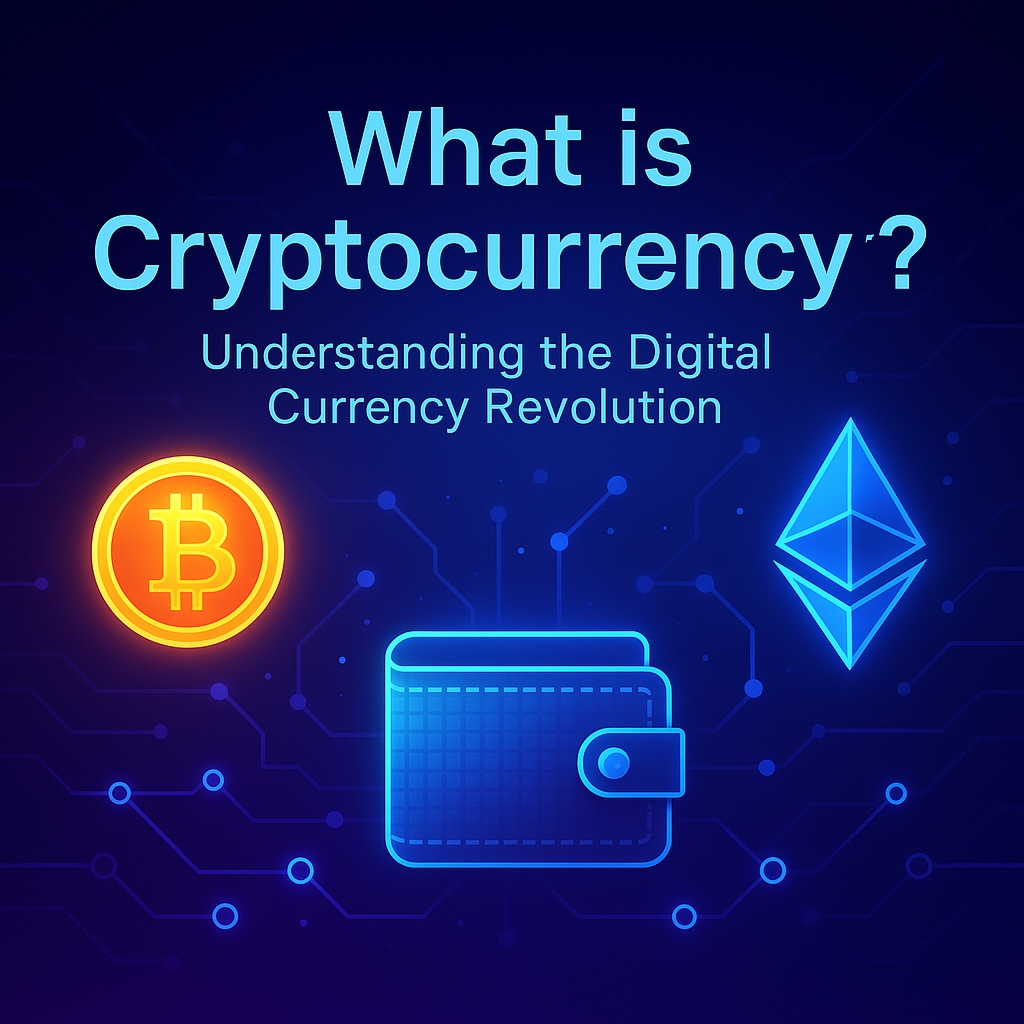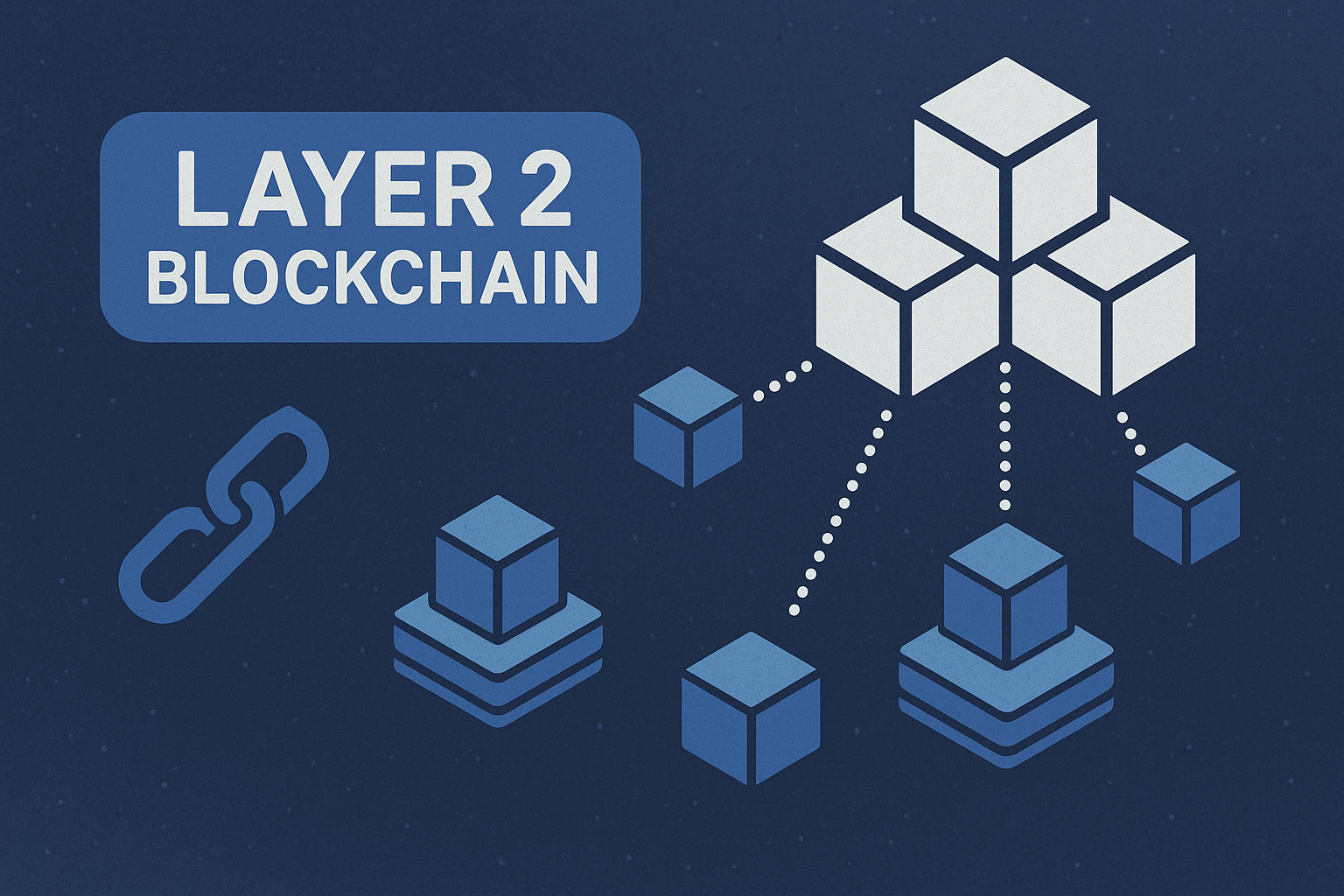Breaking News
Popular News




Enter your email address below and subscribe to our newsletter

If you’ve ever paid $50 in gas fees for an Ethereum transaction, you already understand the need for blockchain scalability. Enter Layer 2 blockchains — the future of fast, cheap, and secure Web3 transactions.
In this guide from bit2050.com, we answer “What is a Layer 2 blockchain?” in simple terms and reveal 7 must-know facts for anyone navigating crypto in 2025.
A Layer 2 blockchain is a secondary protocol built on top of an existing Layer 1 blockchain (like Ethereum or Bitcoin) that helps scale the network by handling transactions off-chain, then settling them on-chain.
TL;DR: Layer 2 = faster, cheaper transactions with the security of Layer 1.
Layer 2s reduce the load on the main chain (Layer 1), allowing thousands of transactions per second (TPS), compared to Ethereum’s ~15 TPS.
There are two main types:
Optimistic Rollups (e.g., Optimism, Arbitrum)
ZK-Rollups (e.g., zkSync, StarkNet)
They batch transactions, compress the data, and settle them as one transaction on Ethereum.
Layer 2s do not compromise on security. They rely on the underlying blockchain (e.g., Ethereum) for consensus and finality.
Instead of paying $20–$100 for a single transaction, users on Layer 2s often pay less than $0.01.
Perfect for:
DeFi traders
NFT minters
GameFi users
Arbitrum – Most active L2 for DeFi
Optimism – Backed by Coinbase and base for OP Stack
zkSync Era – Uses zero-knowledge proofs
StarkNet – High-performance ZK-Rollup
Polygon zkEVM – EVM-compatible ZK layer
These networks are developer-friendly, fast, and cost-effective.
Layer 2s are powering:
Low-cost NFT mints
Fast-paced blockchain games
Gas-free user onboarding for DeFi apps
Projects like Immutable X and Loopring are examples of Layer 2 gaming and NFT solutions.
Without Layer 2s, Ethereum and Bitcoin simply cannot scale for global adoption.
They’re not competitors—they’re companions that expand blockchain’s potential while keeping decentralization intact.
A: No. Layer 2s rely on Layer 1 for security and settlement. Sidechains operate independently and have their own consensus.
A: Yes. Wallets like MetaMask and Trust Wallet support Layer 2 networks with minimal setup.
A: Absolutely. Rollups use cryptographic proofs or fraud detection to ensure transaction validity before final settlement on Layer 1.
A: ZK-Rollups are faster and more secure, but Optimistic Rollups are easier to build on today. Both have growing ecosystems in 2025.
A: They allow Ethereum to scale, lower fees, and handle millions of users without sacrificing decentralization or security.
Layer 2 blockchains are not just a technical improvement—they are the gateway to blockchain’s mainstream adoption. In 2025, understanding and using Layer 2s is essential for any crypto user, builder, or investor.
Stay ahead of Web3 innovation with expert blockchain insights at bit2050.com — your go-to hub for the decentralized future.